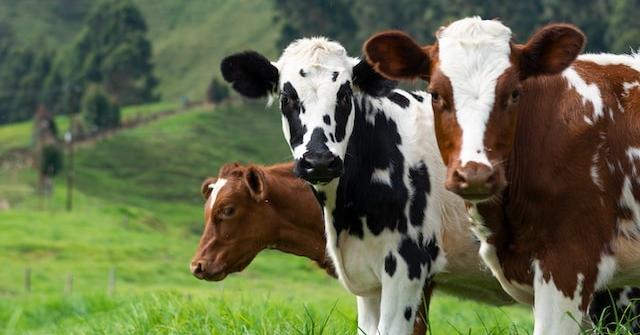Selective cow breeding has been a cornerstone of dairy farming for generations. This practice has significantly impacted lactation patterns in dairy cows, leading to increased milk production and improved dairy herd efficiency. Let us explore how selective breeding has shaped these changes.
Key Aspects of Selective Cow Breeding
-
Understanding Lactation Patterns
Lactation patterns refer to the milk production cycle of a dairy cow. Traditionally, this cycle is influenced by factors like genetics, nutrition, and overall health. Selective cow breeding has become a key factor in enhancing these patterns.
-
Increased Milk Yield
One of the most noticeable impacts of selective breeding is the increase in milk yield. By choosing cows with higher milk production for breeding, farmers have successfully raised herds that produce more milk. This genetic selection has led to cows that can produce more milk per lactation cycle.
-
Enhanced Reproductive Efficiency
Selective breeding has not only focused on milk production but also on reproductive efficiency. By selecting for traits like fertility and calving ease, farmers have been able to maintain consistent lactation cycles, contributing to steady milk production throughout the year.
-
Balancing Production and Health
The challenge in selective breeding lies in balancing high milk production with the overall health of the cow. Breeding strategies now also focus on traits like disease resistance and longevity, ensuring that high production does not come at the cost of the cow’s well-being.
-
Genetic Selection and Sustainability
In recent years, sustainability has become a key concern in dairy farming. Genetic selection now includes traits that contribute to environmental sustainability, such as feed efficiency and lower methane emissions.
VikingGenetics: Leading the Way in Cow Breeding
At VikingGenetics, we are at the forefront of using selective breeding to enhance lactation patterns in dairy cows. Our approach is grounded in rigorous research and implementation strategies that focus on genetic gain with each generation. We understand the delicate balance between milk production and cow health and work towards solutions that benefit both.
Our commitment goes beyond just increasing milk yield. We aim to lead the dairy and beef industry in finding solutions that lower methane emissions and breed long-lasting, climate-friendly cows. By focusing on these goals, we strive to contribute to a more sustainable and efficient dairy industry.







